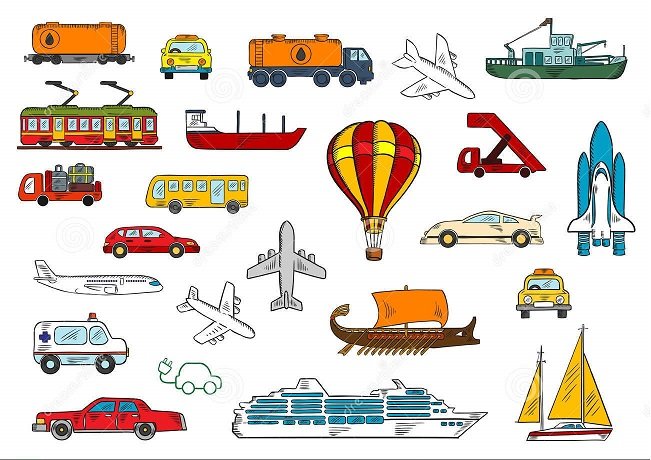Navigating the Maze: Unraveling Hong Kong's Transportation Conundrum
2 min read
Hong Kong, a bustling metropolis known for its impressive skyline and vibrant economy, is also infamous for its complex transportation issues. The city's transportation problem is multifaceted, encompassing issues such as congestion, pollution, inadequate infrastructure, and public transit inefficiencies. This article aims to delve into the intricacies of Hong Kong's transportation problem, offering insights into its causes, implications, and potential solutions.
The first layer of Hong Kong's transportation problem lies in its congestion. The city's compact geography, coupled with a high population density, has resulted in severe traffic congestion. The problem is exacerbated by the city's reliance on private vehicles, which not only contributes to traffic jams but also leads to parking difficulties. The lack of adequate parking spaces, particularly in urban areas, further compounds the issue.
The second dimension of the problem is environmental. The heavy reliance on motorized transport, particularly diesel-powered buses and trucks, contributes significantly to air pollution. This not only has adverse health effects but also impacts the city's overall livability and attractiveness to tourists and potential investors.
The third aspect of the problem is related to public transportation. While Hong Kong boasts an extensive public transportation network, including the Mass Transit Railway (MTR), buses, trams, and ferries, it is not without its shortcomings. Issues such as overcrowding, high fares, and service disruptions are common, impacting the daily commute of millions of residents.
The fourth facet of Hong Kong's transportation problem is infrastructural. Despite ongoing efforts to expand and upgrade the city's transportation infrastructure, it struggles to keep pace with the growing demand. The lack of comprehensive cycling and pedestrian infrastructure also limits the potential for active transportation.
Addressing Hong Kong's transportation problem requires a multi-pronged approach. On the one hand, there is a need to promote sustainable transportation modes, such as cycling and walking. This can be achieved through the development of dedicated infrastructure and policies that encourage active transportation. On the other hand, there is a need to improve the efficiency and affordability of public transportation. This could involve measures such as optimizing bus routes, improving service reliability, and implementing fare subsidies.
Furthermore, innovative solutions such as smart traffic management systems and shared mobility services can also play a role in alleviating congestion and improving transportation efficiency. Lastly, there is a need to address the environmental impact of transportation. This could involve promoting the use of electric vehicles, implementing stricter emission standards, and encouraging the use of public transportation.
In conclusion, while the transportation problem in Hong Kong is complex and multifaceted, it is not insurmountable. With the right mix of policies, infrastructure development, and innovative solutions, it is possible to create a more sustainable, efficient, and inclusive transportation system for the city. As Hong Kong continues to evolve and grow, addressing its transportation problem will be crucial in ensuring its continued prosperity and livability.

